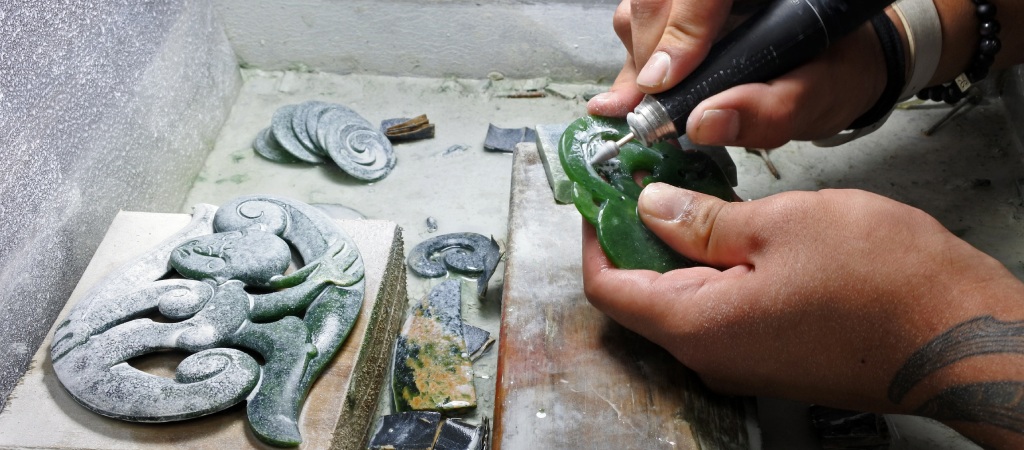
Jade carvings are effortlessly elegant and timeless with their brilliant luster and vivid color. Jade is, to this day, associated with royalty, luxury, and beauty – and has been for generations. Jade, most often used for jewelry and ornaments, is a (usually) green, hard gemstone. It is no wonder that, among many audiences, jade is highly valued as a semi-precious stone. Associated with its colorful, pure surface is a mysterious quality.
Do you have jade jewelry or a jade carving? When you hold it, you likely feel like you have just a bit of the universe itself lying in your palm.
You've already heard jadeite and jade both referred to here. So, you may be wondering how they differ?
Quality is the main difference between jadeite and jade. Jadeite and nephrite are the two varieties of jade. The higher quality is jadeite, which is more expensive and rarer than nephrite.
Color is usually the easiest way to tell the difference between nephrite and jadeite. Though jadeite's green color is the most familiar, it comes in numerous colors including dark blue, lavender, pink, pale apple green, and white.
The hardness of jadeite is comparable to that of quartz, with nephrite being softer.
Though raw jade is treasured and enjoyed for its natural beauty, it can be "interfered with" through the use of polymer injection, acid, dye, bleach, heat, and wax. This alters the stability, luster, and color of the stone.
There are type A, B, and C categories for treated jade.
Generally speaking, Type A is more highly valued than its counterparts Type B or C. The reason is that the quality/lifespan of a jade piece is affected by the treatments referred to above.
Highly prized by many, Chinese carved-jade objects represent longevity, beauty, purity, and even immortality. The stone is highly valued by carvers for its shades, translucent colors, and glitter. Jadeite or nephrite is usually used for most jade carvings, the latter being used for most pre-18th-century pieces.
Because of the hardness, jade pieces cannot be carved using metal tools. A soft tool and carborundum sand were used to wear away the jade, once upon a time. Currently, however, diamond bits and rotary tools have replaced the old-school technique.
Types of carvings:
Do you have jade Chinese carvings or other Asian fine arts you'd like appraised? Once appraised, do you feel you may be looking for someone to purchase those same pieces?
The downsizing and estate buying or liquidation services offered by Wm. Roland Appraisers & Estate advisors are backed by our impressive level of market expertise.
Contact us today at (212) 425-0221 or email images to info@williamrolandappraisers.com if you’d like to find out more.